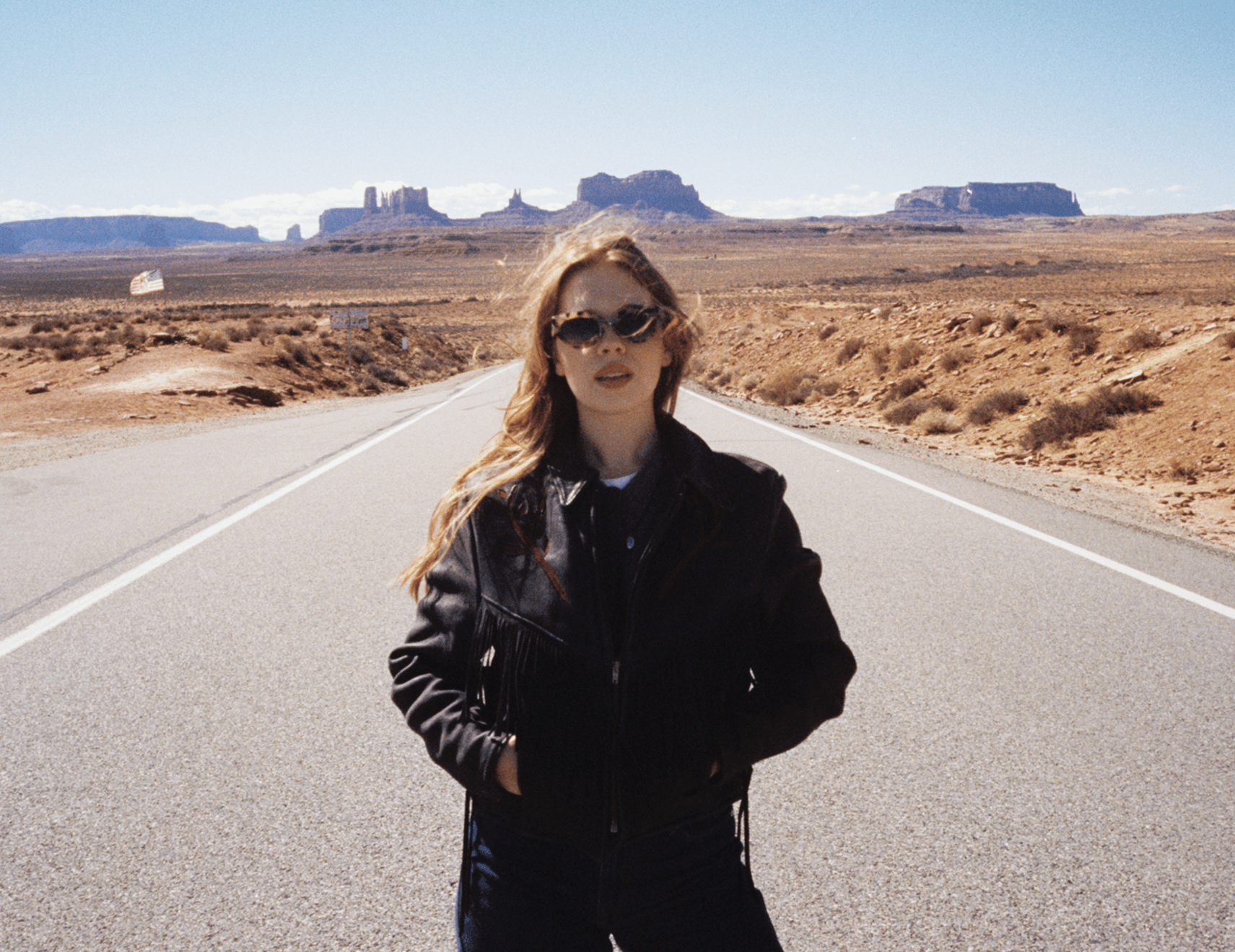We’re excited to introduce you to the always interesting and insightful Anastasiia Lisenko. We hope you’ll enjoy our conversation with Anastasiia below.
Alright, Anastasiia thanks for taking the time to share your stories and insights with us today. What do you think matters most in terms of achieving success?
For me, success is first and foremost about being able to stay true to myself in any situation, to express my creativity from a place of pure vision, and to earn a living from it. True success also means that my work and my view of the world can bring positive change to people’s lives — whether through art, communication, or influence.
When the war in Ukraine started, I moved to New York, and it was a particularly tough time for me. I started shooting a lot because creativity was my way of coping with stress. It became the one thing that helped me stay grounded.
As time went on, my work started getting noticed, and clients began reaching out. At one point, I faced natural competition: some colleagues began replicating my ideas and working with the same models. It was frustrating at first, but then I realized that no one can take away my unique vision and my perspective on life. That realization gave me a sense of freedom and confidence. I understood that the key is to stay true to myself, follow my vision, and remain disciplined. Those who truly understand will always see the original.
Discipline is one of the most crucial elements of success. You can be incredibly talented, but without discipline, that talent remains just untapped potential. I’m constantly working on myself, and life keeps teaching me new lessons that help me grow.
Recently, I had another important insight. Over lunch with a friend who’s studying acting, we talked about how actors in Los Angeles are taught to present themselves in a way that doesn’t sound trivial. He asked me if I felt the same with photography, and it made me realize that I don’t solely define myself as a photographer. Yes, I’m a photographer, but that’s not all I am. I’m more focused on who I am as a person, with or without a camera. My profession doesn’t define me; it’s my inner qualities and my ability to navigate whatever life throws at me. Today I’m a photographer, tomorrow I might be painting, and the day after that I could be launching a startup. Success, for me, is about being a whole person, someone who can balance their inner world with whatever is happening on the outside.
In the end, success is about growing not only professionally but personally. It’s a constant process of self-improvement, where the goal is not just achieving milestones but maintaining harmony with yourself and the world around you.

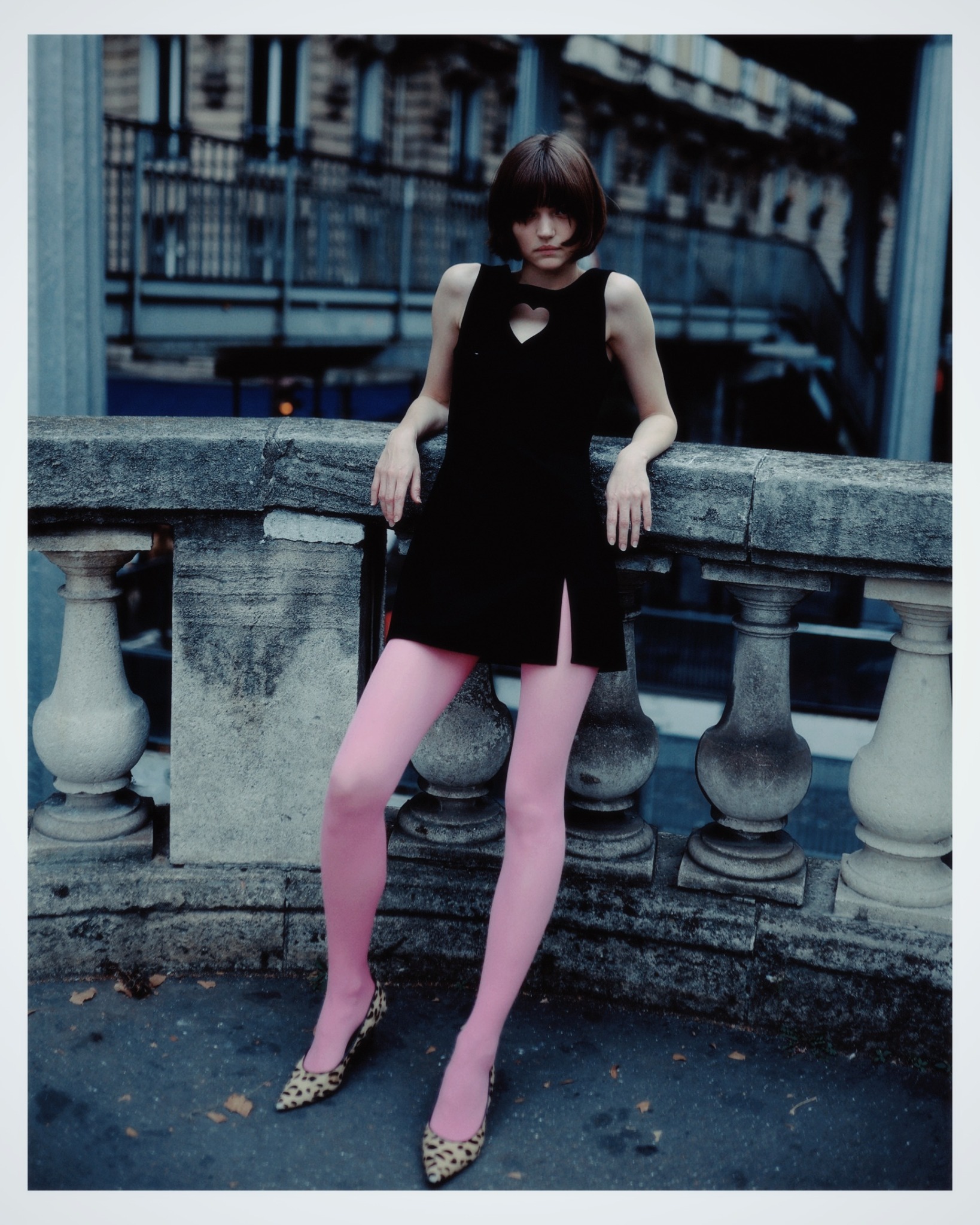
As always, we appreciate you sharing your insights and we’ve got a few more questions for you, but before we get to all of that can you take a minute to introduce yourself and give our readers some of your back background and context?
My name is Anastasiia, and I’m a photographer and director from Ukraine who moved to the U.S. after the war began. I started photography when I was 15 years old in my hometown of Zhytomyr. My friend and I used to take photos of each other — she was my first model. Despite having limited resources, I’m still proud of what we were able to create back then.
When I started, neither Pinterest nor Instagram existed, so I drew inspiration from films. The first photography-related film I watched was about Annie Leibovitz. I also found inspiration in the October issue of Vogue with Anna Wintour and the movie Fur: An Imaginary Portrait of Diane Arbus about Diane Arbus. I loved Bernardo Bertolucci’s films, which fostered my love for film colors.
I continued with photography until I turned 18, but one day during a shoot, my camera unexpectedly broke. At that point, I decided to shift temporarily into wedding planning until I could afford a new camera, but it ended up becoming my full-time work. I set photography aside, only occasionally borrowing a camera from friends to shoot my close friends.
Eventually, I realized that photography was my true passion, so I decided to close my agency, which had been running for over five years at that point. I went back to photography, and soon my work started getting noticed. Ukrainian celebrities began inviting me to shoots, which gave me a huge boost. I moved to Kyiv and started working in the entertainment industry, shooting covers for Spotify, campaigns, music videos, and short films that went on to win several awards at festivals.
At the time, I thought my future was tied to Ukraine, and I wanted to represent my country on the global stage through my work. Ukraine was experiencing a boom in fashion and video industries, and many international stars were coming to Kyiv to shoot. It felt like the world was getting closer. I was doing what I loved in my home country, and I was happy. But everything changed on February 24, 2022, when the war began.
Since my family was in the U.S., moving there became the obvious choice. The first two years were extremely difficult — a new culture, language, and no friends, combined with the stress and horror of the war, made life hard. But it was my creative work that kept me afloat.
When I moved to New York, I started looking for ways to express myself through creative shoots. I reached out to people on Instagram and offered to collaborate for free, just to dive into the process and keep growing. In just two months, I did more than twenty shoots, which gave me a great start, and gradually people began to notice me.
After the comfortable life I had in Ukraine, it was hard to start from scratch, in a place where nobody knew me and I didn’t know anyone. I had to rebuild my career, using my communication skills. What helped was that I regained the same inspiration I had when I was 15. I couldn’t sleep without planning a new shoot in my head. New York embraced me, and soon people started recommending me through word of mouth.
Over time, I began working with celebrities and brands. In the past two years, I’ve had the opportunity to work with Tommy Hilfiger twice, shoot for Vogue at the Met Gala, and collaborate with artists like Normani, Sevdaliza, Ryan Destiny, Kit Power, and others. During this time, I found my style, which many describe as cinematic. My photos tell stories and often resemble film stills, which likely stems from my lifelong love of cinema and paying close attention to details and atmosphere.
I believe that photographs should tell a story, which is why I also love working with video—it allows me to convey even more emotions and meaning that matter to me.
When I left the wedding industry, where I was doing event design, I had no desire to start photographing weddings or love stories. I felt like I had done enough in that area and wanted to focus on fashion and shooting for brands and artists. But after moving to the U.S., I started photographing couples, drawing inspiration from the 90s and early 2000s. I loved how I could blend fashion and couple shoots, and now brands often reach out to me for this type of work. I feel like this could become one of my signature styles.
Today, I work as a freelance photographer and director, collaborating with various brands, influencers, and celebrities. I split my time between New York and Los Angeles. I believe that my background growing up in Eastern Europe, in Soviet-style panel buildings without much outward beauty, helped me become more creative, versatile, and resourceful. Sometimes, the lack of comfort can push us to be more creative and adaptable, helping us create something new and unique. These qualities are what I bring to my creative process and my shoots.

Is there mission driving your creative journey?
I’ve always been a sensitive child, curious about the world around me. I believe my self-expression was heavily influenced by my mom, who never stopped me from expressing myself in any way. She often praised me and never tried to suppress my creative enthusiasm.
When I started doing photography, there were no barriers in my mind—just the image of how I saw it. Then, my hands would naturally create the set, the look for the model, the makeup, and the photograph. I wasn’t very good with Photoshop, so I often had to get creative using whatever programs were available. Honestly, the time I spent in my hometown is still the happiest and most freeing memory for me.
That approach applied to everything, including my wedding business. When you don’t know the “right” way to do things, you just go with your gut, and it usually works out well. It’s funny how, in my small town, I could find “Paris,” “New York,” and “Los Angeles” just by using my imagination. Ironically, at the time, I wanted to capture the Western aesthetic, but now, living abroad, I miss the landscapes of my home country.
When I’m creating, it feels like I enter another reality where time doesn’t exist. I don’t feel hungry, I’m not tired—I just need to create what I’m feeling. Wow, even now I get goosebumps talking about it. I think many creative people will understand this. For me, it’s a connection with myself.
These kinds of shoots always resonated the most with people. Later, I went to school to study videography, but unfortunately, I didn’t find like-minded people there. Instead, I felt the weight of the rules and norms, realizing how much I needed to know before I could even start. It made me feel like an outsider and an imposter. I felt like I’d lost the right to create if I didn’t know how to do it the “right” way. This stifled my creative flow a bit—I began approaching photography and video more methodically, and sometimes that held me back.
There were moments when I thought my equipment wasn’t good enough, I didn’t have a team, or I didn’t know how to direct. In reality, I often shot, edited, and directed everything myself with just one camera. People would ask me how many people were on my team. I’m not against teamwork—it’s important to know how to delegate—but when conditions aren’t ideal, sometimes you just have to start creating instead of waiting for the perfect moment.
It’s important for me to have a positive influence on people. I want my work to make people reflect or remind them of something meaningful. Cinematography, in particular, helps me achieve this. My dream is to one day direct a feature film because I believe it’s an incredible way to express oneself.

What’s the most rewarding aspect of being a creative in your experience?
Creativity is a tool that allows you to reveal something deeper, whether through abstract or emotional moods in your work. Now, especially in America, I feel that people here truly appreciate artists and their ability to express emotions, ideas, and meaning through art. For me, creativity isn’t just work — it’s a way of interacting with the world, sharing my inner depth, and finding resonance in people’s hearts. Every project for me is an opportunity for not only self-expression but also personal growth, as an artist and as a person.
I believe art is a powerful tool that can inspire, provoke thought and emotions, and remind us of what really matters. And though the path of a creative person is full of challenges and doubts, every step on this path teaches us something new, helping us to become better, more aware, and more free. My goal is to keep creating, evolving, and sharing my stories through photography and film, hoping that they will resonate with and inspire others.
Contact Info:
- Website: https://anastasialisenko.myportfolio.com/
- Instagram: https://www.instagram.com/nastyalisenko/
- Other: Pinterest: https://www.pinterest.com/anastasiia_lisenko/
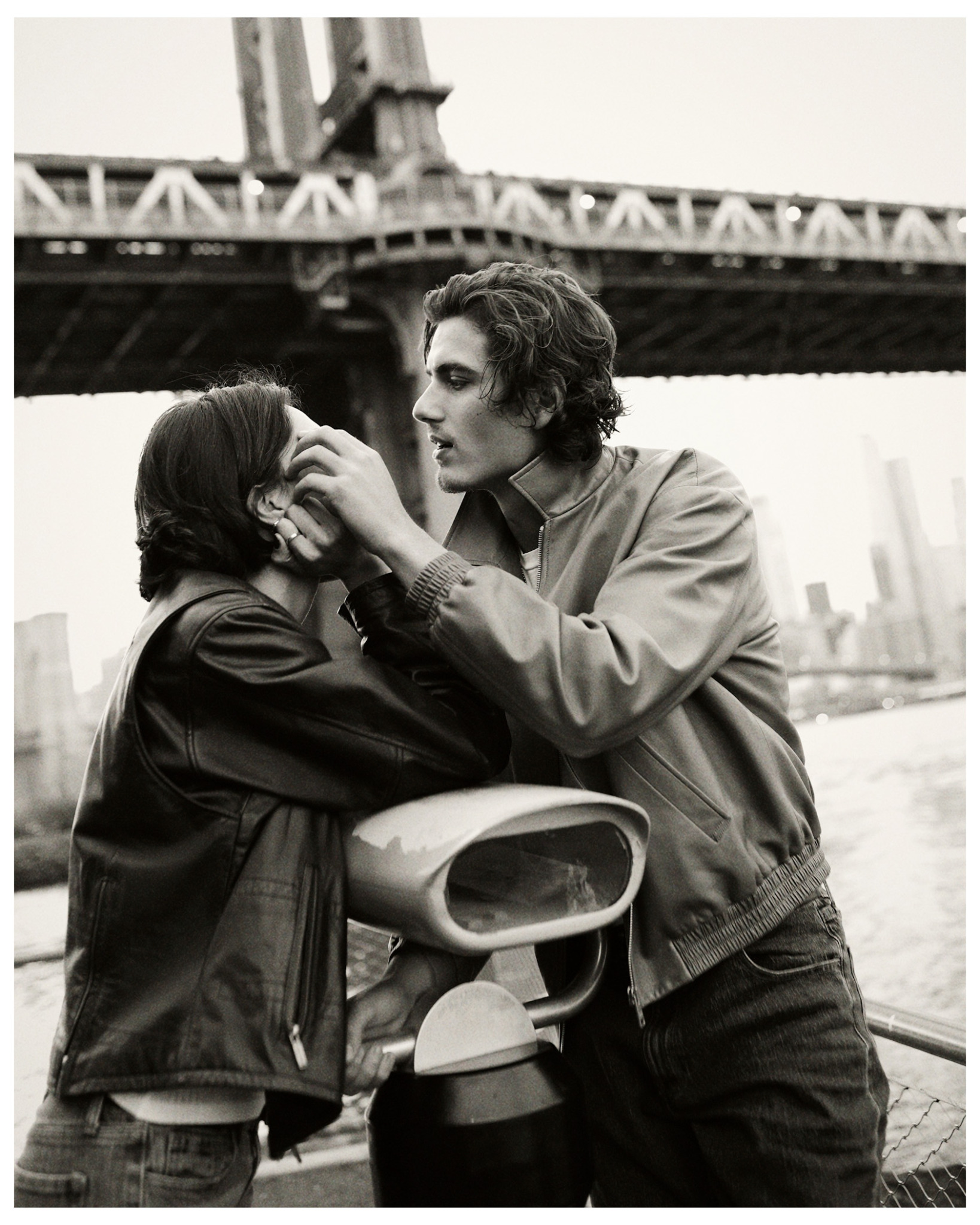

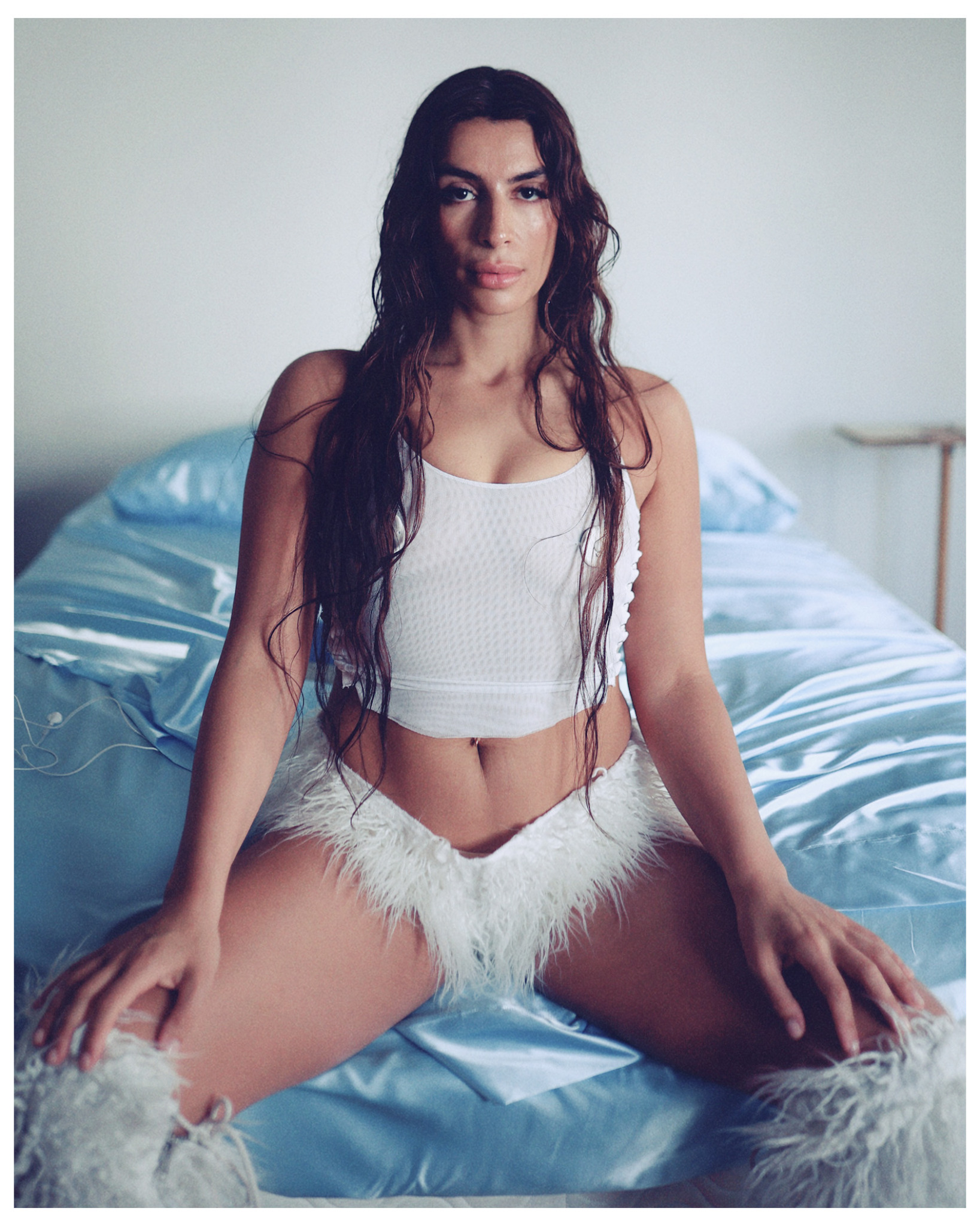

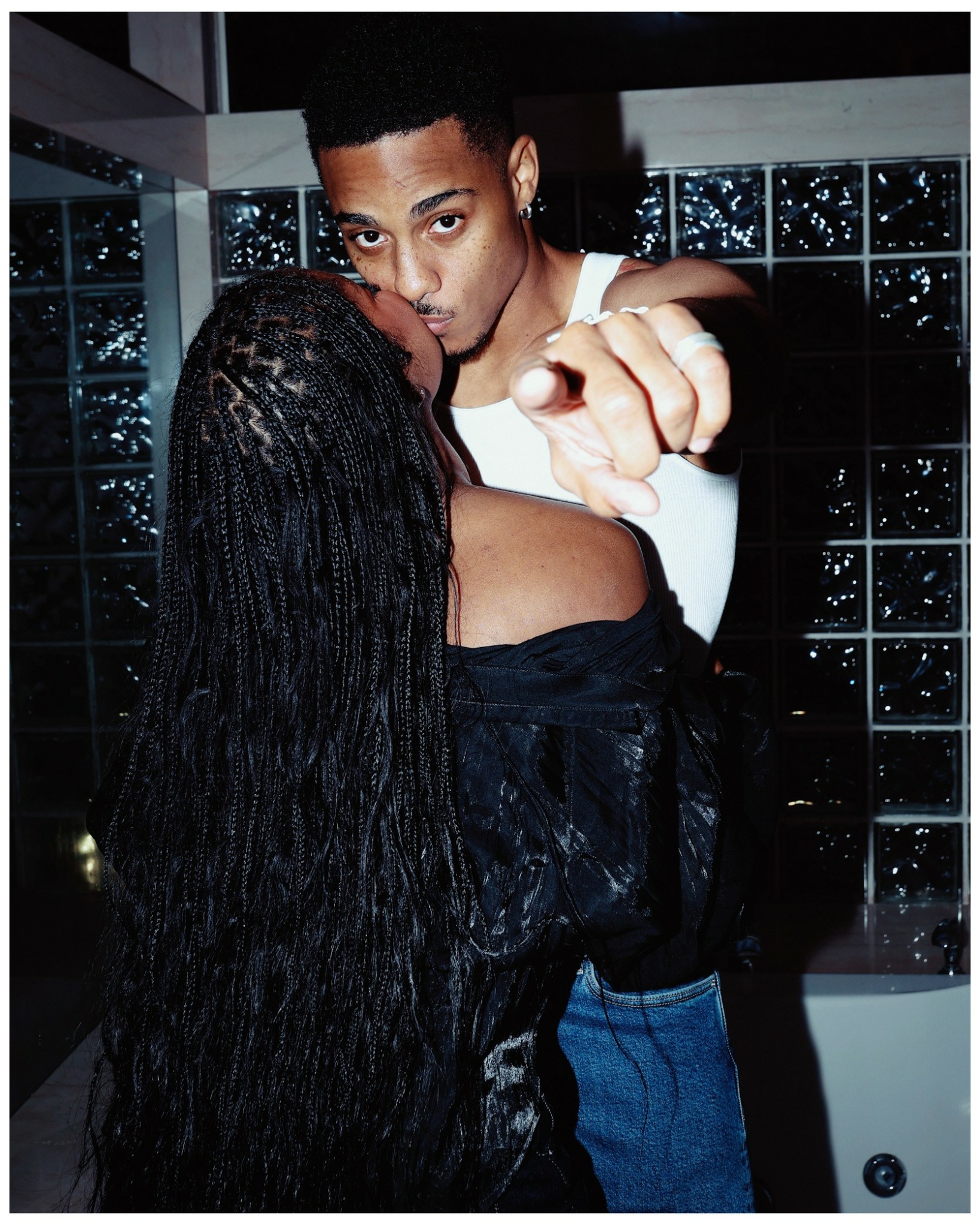

Image Credits
Tony Ozkan & Yesly Dimate, Pasha Harulia, Nancy Schneider, Daniela, Sevdaliza, Annaly Khamphasouk, Ryan Destiny and Keith Powers, Nastya Abramova


